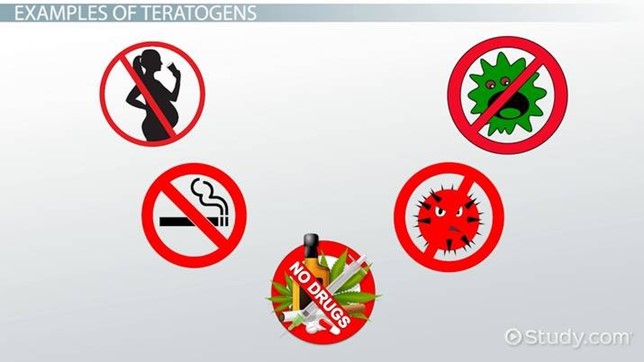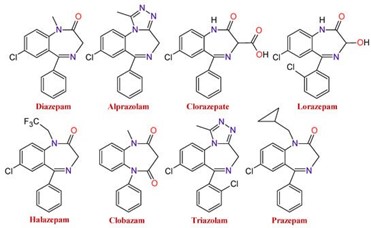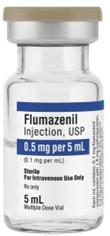A medication is described as having teratogenic side effects. The nurse understands that teratogenic is defined as which of the following?
A medication that causes harm to a fetus.
A medication that causes kidney damage.
A medication that acts in the opposite manner than expected.
A medication that causes an additive effect.
The Correct Answer is A
Teratogenic refers to an agent or factor that causes malformation of an embryo ¹. It is something that can interfere with normal fetal development and cause congenital disabilities ³. Drugs, alcohol, chemicals, and toxic substances are examples of teratogens ³.
Option B is not correct because teratogenic specifically refers to harm caused to a fetus, not kidney damage.
Option C is not correct because teratogenic does not refer to a medication acting in the opposite manner than expected.
Option D is not correct because teratogenic does not refer to a medication causing an additive effect.

Nursing Test Bank
Naxlex Comprehensive Predictor Exams
Related Questions
Correct Answer is C
Explanation
Ethosuximide is the medication of choice for the management of absence seizures ³⁵. It is a first-line medication that has been shown to be effective in treating absence seizures ⁵.
Options A and B are incorrect because carbamazepine and phenytoin are not considered first-line medications for absence seizures.
Option D is incorrect because while valproate can be used to treat absence seizures, ethosuximide is preferred due to its effectiveness and safety profile ³.
Correct Answer is C
Explanation
The nurse would want to have flumazenil readily available in case benzodiazepine reversal is needed. Flumazenil is a medication used to reverse the effects of benzodiazepines such as lorazepam ¹. It can be used to help a person wake up after a medical procedure in which a benzodiazepine was used as a sedative or to treat a benzodiazepine overdose ¹.
Option A is incorrect because physostigmine is not used to reverse the effects of benzodiazepines.
Option B is incorrect because naloxone is used to reverse the effects of opioids, not benzodiazepines.
Option D is incorrect because syrup of ipecac is not used to reverse the effects of benzodiazepines.


Whether you are a student looking to ace your exams or a practicing nurse seeking to enhance your expertise , our nursing education contents will empower you with the confidence and competence to make a difference in the lives of patients and become a respected leader in the healthcare field.
Visit Naxlex, invest in your future and unlock endless possibilities with our unparalleled nursing education contents today
Report Wrong Answer on the Current Question
Do you disagree with the answer? If yes, what is your expected answer? Explain.
Kindly be descriptive with the issue you are facing.

